DeForest Kelley: Remembering the Life and Career of the Heart of ‘Star Trek’
He started his Hollywood career as a Western villain, but being cast as Dr. Leonard 'Bones' McCoy changed his life forever
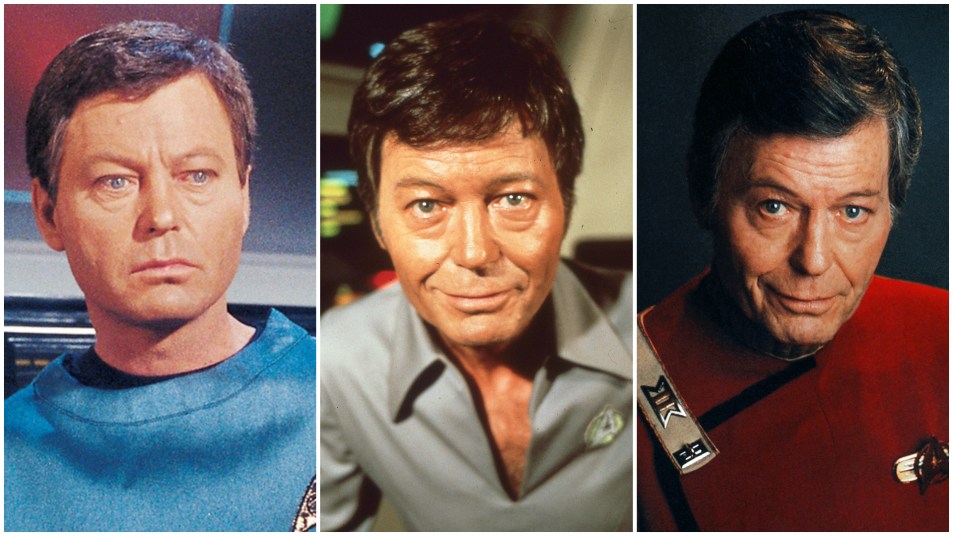
As originally conceived, Star Trek was a vehicle for actor William Shatner as Captain James T. Kirk, with Leonard Nimoy a co-star as Mr. Spock and DeForest Kelley in a supporting role as Dr. Leonard “Bones” McCoy. But once the audience connected with the show, the three very quickly ended up on largely equal footing, DeForest Kelley a stand out thanks to the humanity he brought to his character.
“In the beginning, I was turned down for the part by the studio, but [series creator] Gene Roddenberry wanted me for the role,” DeForest Kelley recalled to the Democrat and Chronicle in 1968. “So I signed on for it, but only for seven of the first 13 episodes. The part wasn’t supposed to be much, but I worked hard and put everything I could into it, and was very lucky. Even then I was surprised when I wound up in all the shows, and as you know, the part has grown to a pretty good level. It’s tough to get good exposure on a show with seven regular performers all hoping to do the same. But we’ve fairly well worked it out, and each of us seems to have his own set of fans.”
He was, of course, also referring to James Doohan’s Scotty, Nichelle Nichols‘ Uhura, George Takei’s Sulu and Walter Koenig’s Chekov. And while he’s right in that the audience loved the entire ensemble of actors, the undeniable truth is that Shatner, Nimoy and Kelley (aka Kirk, Spock and McCoy) stand center stage on that show, creating a success that transcended Star Trek‘s original 1966 to 1969 run and paving the way for all that’s followed, including 10 additional television/streaming series and 13 movies, with much more on the way.
There is no question that Star Trek and McCoy changed the life of DeForest Kelley, whose career prior to that show had been going in a far different direction.
DeForest Kelley: The Early Years
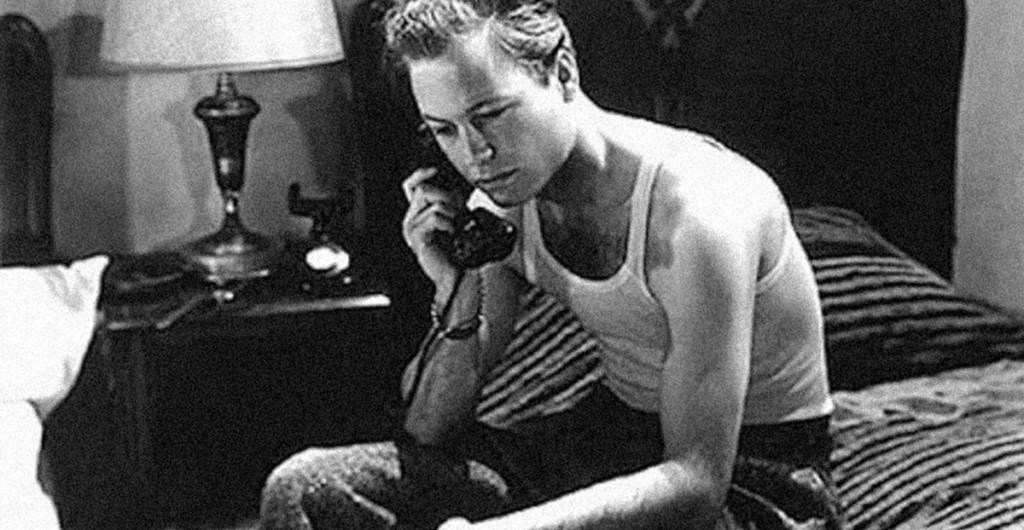
He was born Jackson DeForest Kelley (named after electronics engineer Le de Forest) on January 20, 1920 in Atlanta, Georgia to a Baptist minister father, whose church was in Conyers, Georgia. Kelley revealed musical talent early on and frequently sang in morning church services. Originally intending to become a doctor, he gave up that idea when it became clear that the family couldn’t afford to send him to medical school, so, instead, with his mother’s encouragement, he would try out singing on local radio shows. This would lead to an engagement at the Paramount Theater in Georgia.
“She used to take me down to the radio stations and amateur shows,” he told The Atlanta Constitution in 1947. “She would make me sing, insisting, ‘You can do it!'”
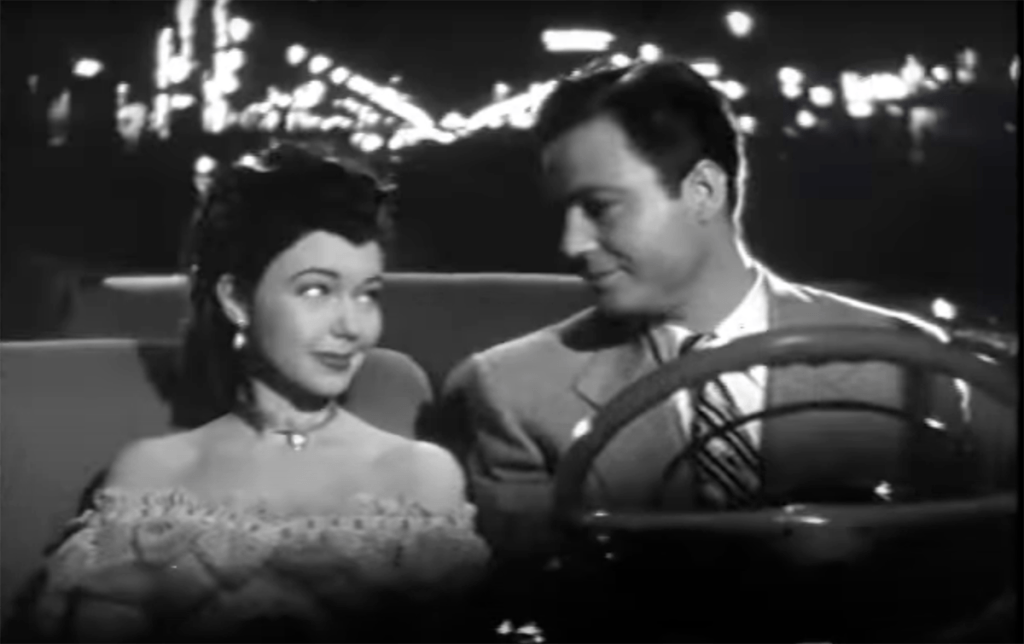
In 1934, the family moved to Decatur, Georgia, where he attended Decatur Boys High School, participating on the school’s baseball and football teams while working as a drugstore delivery boy and in local theaters.
In a profile that appeared in The Los Angeles Times on June 16, 1946, they noted, “The story of DeForest Kelley is a super saga, which began when he was an elevator operator in Long Beach. Next door was the Long Beach Players Guild. Kelley went to rehearsal one day without thought of going on the stage. Someone felt he looked like Ned, a character in Holiday. He played the role and several others. William Melkejohn of Paramount saw him and became interested.”
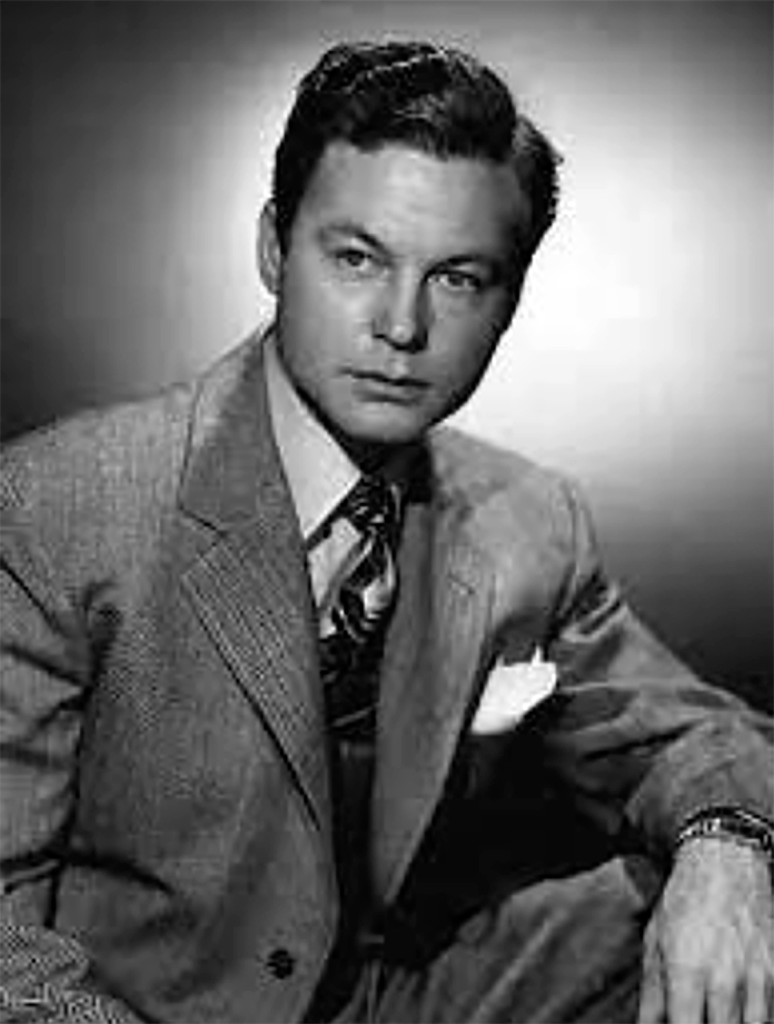
“Melkejohn,” they continued, “is a man who believes in ‘off’ casting — Kelley, who was an unusual type, made 12 different auditions at Paramount, but nothing happened. Then Kelley went in the service. He was assigned as a control tower operator first. Later he was transferred to the Army Film Unit in Culver City, a deal in which Melkejohn played a part.”
Added The Atlanta Journal that same year, “He appeared in a number entitled Time to Kill. The picture was directed by Will Jason, a veteran Hollywood professional, and he showed ‘rushes’ of the film to Paramount. When Kelley was discharged from the Army, a contract was awaiting him.”
As Kelley joked to the Toledo Union Journal, “I’m the one guy who had to get in the Army to become a movie actor.”
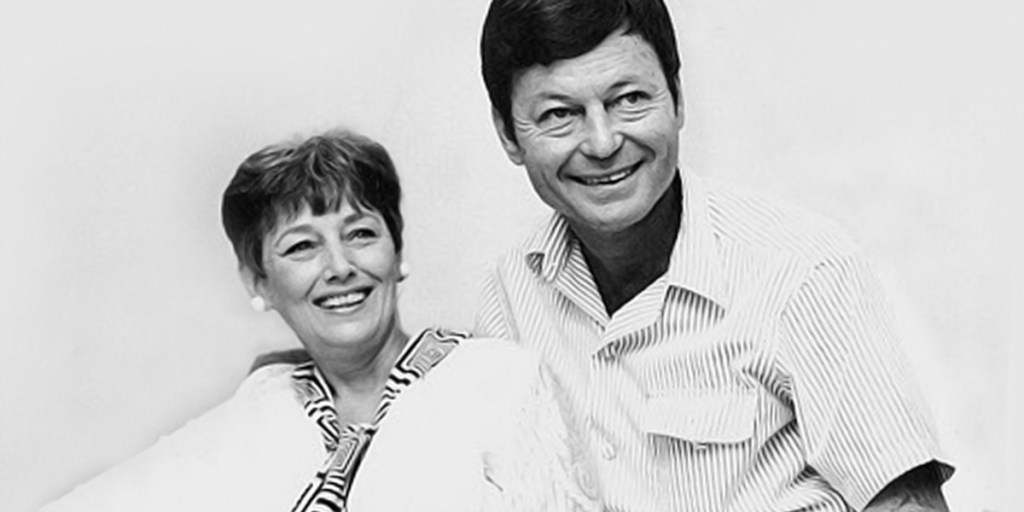
In between all of this, it should be noted, while he was at the Long Beach Player’s Guild, he met actress Carolyn Dowling, who had a part in a play he was in. During a closing scene she said, “Here, take this $10 and go get married.” According to The Atlanta Journal, “He forgot to give her back her $10 and called her up later to tell her to meet him and get her money. She did, but they decided to spend it for a marriage license.” The duo were wed in 1945 and remained together until the death of DeForest Kelley.
Big and Small Screen Bad Guy
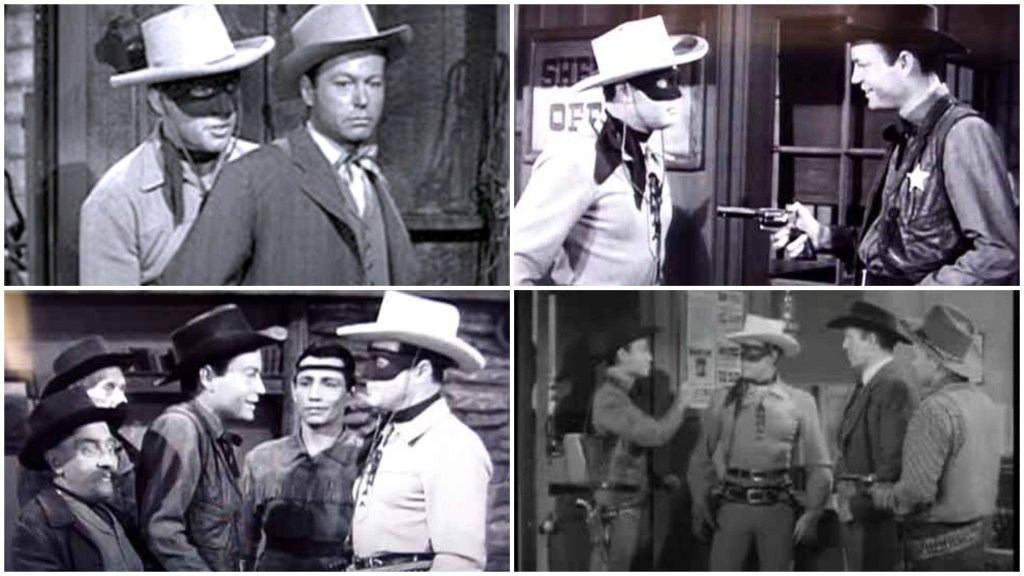
Westerns became an important factor in the career of DeForest Kelley. In 1949 he guest starred on The Lone Ranger (returning two additional times in different roles) and then he started portraying villainous parts in such genre films as 1957’s Gunfight at the O.K. Corral (portraying Morgan Earp, brother to Burt Lancaster’s Wyatt) and Raintree County, 1958’s The Law and Jake Wade (starring Robert Taylor and Richard Widmark), 1959’s Warlock (starring Richard Widmark and Henry Fonda, among others) and 1963’s Gunfight at Comanche Creek (starring Audrey Murphy).
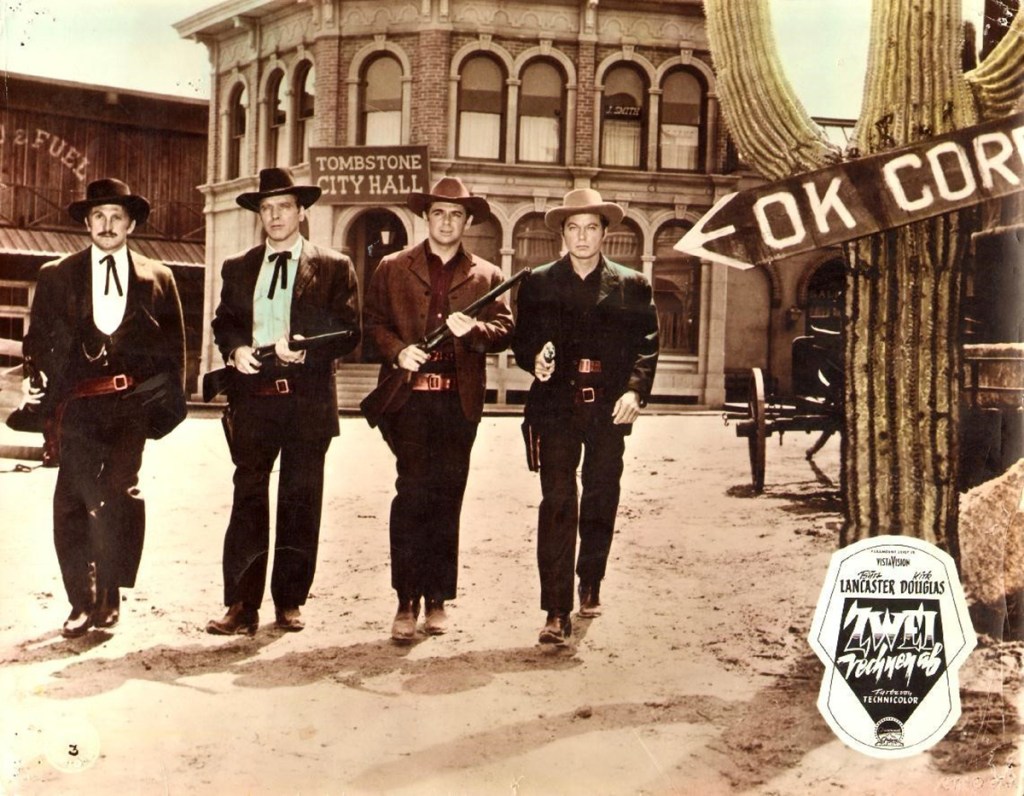
The list went on from there, to include 1965’s Black Spurs, Town Tamer and Apache Uprising, and 1966’s Johnny Reno and Waco. He didn’t shy away from Westerns on television, appearing in episodes of Gunsmoke (1956), four episodes, in different roles, of Dick Powell’s Zane Grey Theatre (1956 to 1960), The Adventures of Jim Bowie and Boots and Saddles (both 1957), four episodes of Trackdown (1957 to 1959), The Rough Riders (1958) and Tales of Wells Fargo (1961),
(If you enjoy Westerns, check out our in depth look at Have Gun Will Travel star Richard Boone)
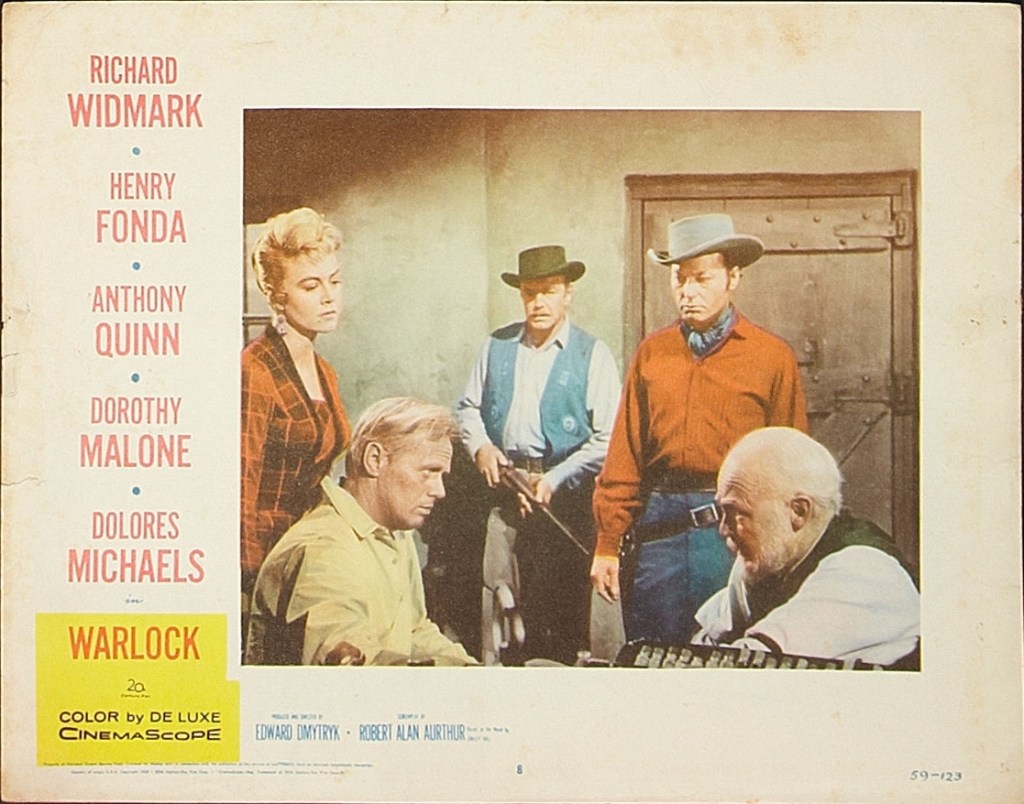
The first attempt of DeForest Kelley to star in his own series was in the form of 1960’s 333 Montgomery, a TV pilot featuring him as Jake Brittin, a San Francisco defense attorney who takes on seemingly impossible cases, starting with a man accused of murder. The intended show was based on the career of real-life attorney Jake Ehrlich. Of the show a publicist said, “333 Montgomery will not be a crime, detective, mystery or courtroom series. Although it will involve all these areas, the focus is on the man.”
The concept didn’t go to series, the pilot airing as an episode of Alcoa Theatre on June 13, 1960. Historically significant about this show is the fact that it was written by Gene Roddenberry, who the actor credits for seeing beyond his frequent role as a Western baddie.
“This concept was before The Defenders and it was controversial in nature and ahead of its time,” said Kelley. “Roddenberry wrote it and produced it, and I starred in it. Unfortunately, it did not sell, but that was really the first pull out of Westerns for me, and then later, of course, Gene did Star Trek.”
DeForest Kelley and Star Trek
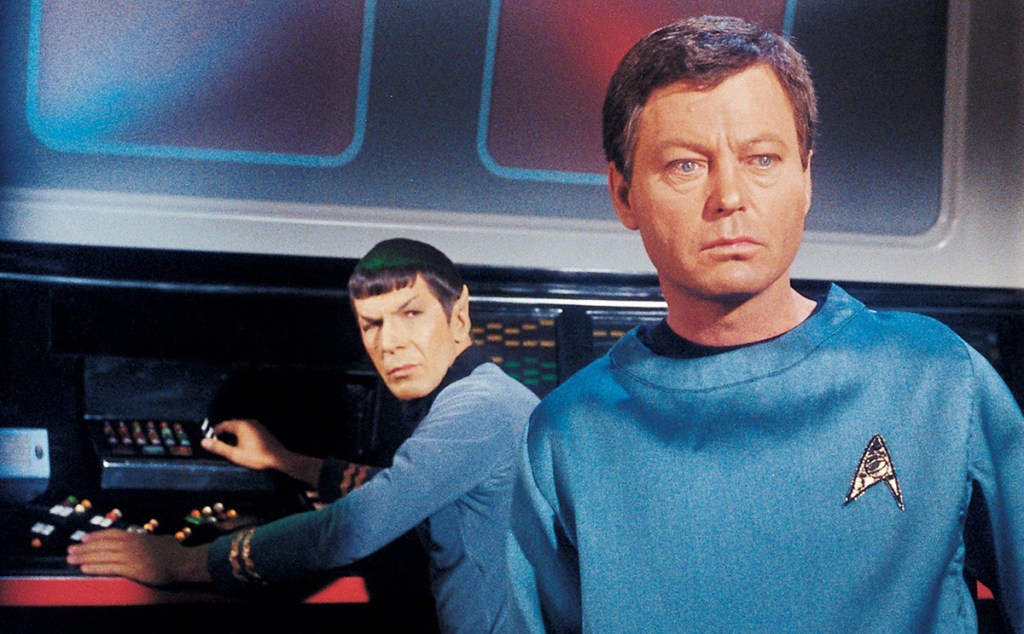
The first episode of Star Trek to be filmed was the 1964 pilot “The Cage,” which featured Jeffrey Hunter as Captain Christopher Pike and Leonard Nimoy as Vulcan science officer Mr. Spock. Cast as Enterprise chief medical officer Philip Boyce was actor John Hoyt, despite Roddenberry’s desire that Kelley play the part.
“I’m not really proud of this,” admits the pilot’s director, Robert Butler, “but as I was casting the doctor, I was against DeForest Kelley being cast, who was the person Gene Roddenberry wanted. As a younger guy I guess I felt that he was somewhat more of a heavy. I remember thinking that he was somewhat earthbound. Maybe I thought his youth at the time defied reality somewhat, whereas if we got a seasoned veteran in there, that might bring us a great spread of reality in your main people. I remember Gene stood up for DeForest to the end, but ultimately he backed me and went with John Hoyt.”
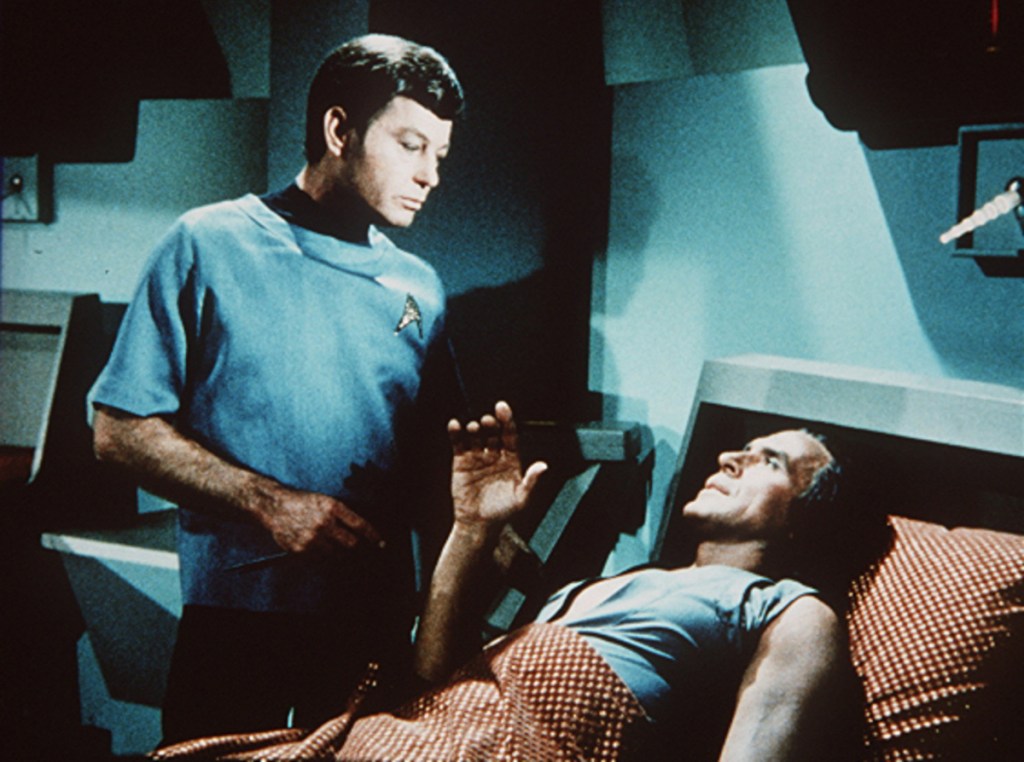
Reflects Star Trek‘s first story editor, John D.F. Black, “DeForest Kelley was as experienced an actor as you could ask for. He had gone from juvenile to young leading man and there he was on Star Trek with an enormous amount of training. He had his character in hand, although it changed slightly during the first five or six episodes, where he became a tad more earnest. The conflict built in between Spock and him was electric.”
Adds Kelley, “The character was laid out by Roddenberry, of course, and there was a guide that went into a good deal of detail about each character. But I remember having long discussions with Gene about McCoy. One thing we had both arrived at, and which was indicated in the breakdown, was that McCoy was supposed to be something of a future-style H.L. Mencken. So I went to the library and read about him and tried to work some of the more personal writing about Mencken into the characterization of McCoy.”
The character, he felt, really took shape about six or seven episodes in, but evolved from its original conception where he was supposed to be the least military of anyone, wearing oversized sweaters and things of that nature.
“We never got to that part about the way he dressed,” Kelley says. “In addition to that sardonic-type wit, I tried to inject as much warmth as I could give to him at the proper times, and also a sense of great caring. Bill and Leonard being the fine actors they are, there seemed to be a certain chemistry that fell into place among us. It all came together and each of us had, in the beginning of Trek, this feeling of unity, of trying to make it as fine a show as possible.”
One of the most interesting dynamics to emerge from the original Star Trek was the back-and-forth between McCoy and Spock. “The Spock-McCoy situation is a thing that started with a very small moment,” he reflects. “It was just a line that he threw at me and I, in turn, threw the line back in a certain manner. Nobody thought much about it at the time. But when it hit the screen, it created an uproar. So they started to build on it and put more of that in. We all gave a great deal of input to our characters, but Gene Roddenberry laid them out for us in the beginning and tried to keep us on track.”
Well, it worked, with the actor becoming an integral part of Star Trek, connecting with the audience in a major way. Mark A. Altman, co-host of the popular Star Trek podcast Inglorious Treksperts, and showrunner of the upcoming TV series Deathlands, points out, “There may have been a lot of vitriol between the cast of the original series, but none of that was ever directed at DeForest Kelley. He was universally beloved by his fellow cast mates and got along with everyone. He was also someone that the fans adored and it’s not hard to see why; he loved his fans.”
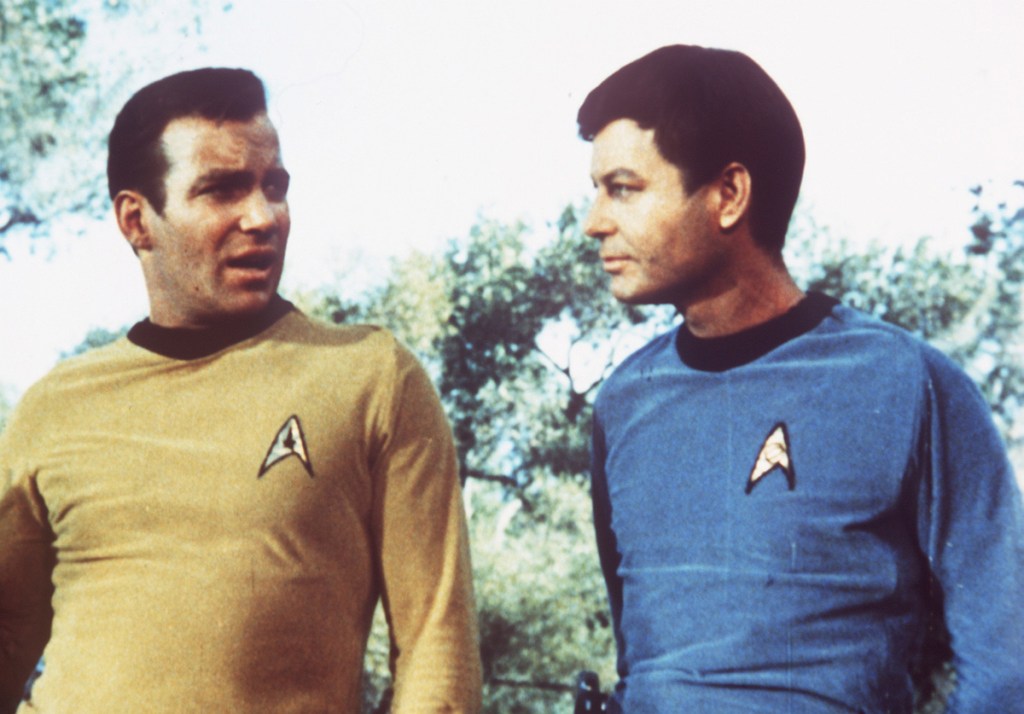
And that mutual love played no small role in the fact that beginning with Season 2, he found that his billing on the show had changed. “DeForest Kelly was almost like a neglected stepchild on Star Trek,” points out pop culture historian Geoffrey Mark. “NBC and Desilu promoted Bill Shatner and Leonard Nimoy because their parts were larger, and because the press was having a field day with how sexy and romantic they were to audiences at home. But DeForest was often the heart of the show, Dr. McCoy was the lead character who was allowed to show emotion, and sometimes be both the heart and the conscience of the show. It was a just move that he was given billing at the top of the show after the first season.”
Keep on Trekkin’
Star Trek, of course, ended its network run in 1969 and that was presumed to be that. Until the show went into syndication — meaning that it was rerun by independent stations around the country — and it became an absolute phenomenon. At the same time, like his co-stars, DeForest Kelley found himself the victim of typecasting, but unlike the others, he chose to retire rather than fight to get people to hire him.
“More than Shatner or Nimoy, DeForest Kelley knew early what he had,” suggests Altman. “Unlike the two of them, who were at the beginning of long careers, Kelley was older and his career was coming to an end. After so many years of playing mostly villains, the role of the curmudgeonly country doctor was something truly special and that was validated by the embrace of fans worldwide.
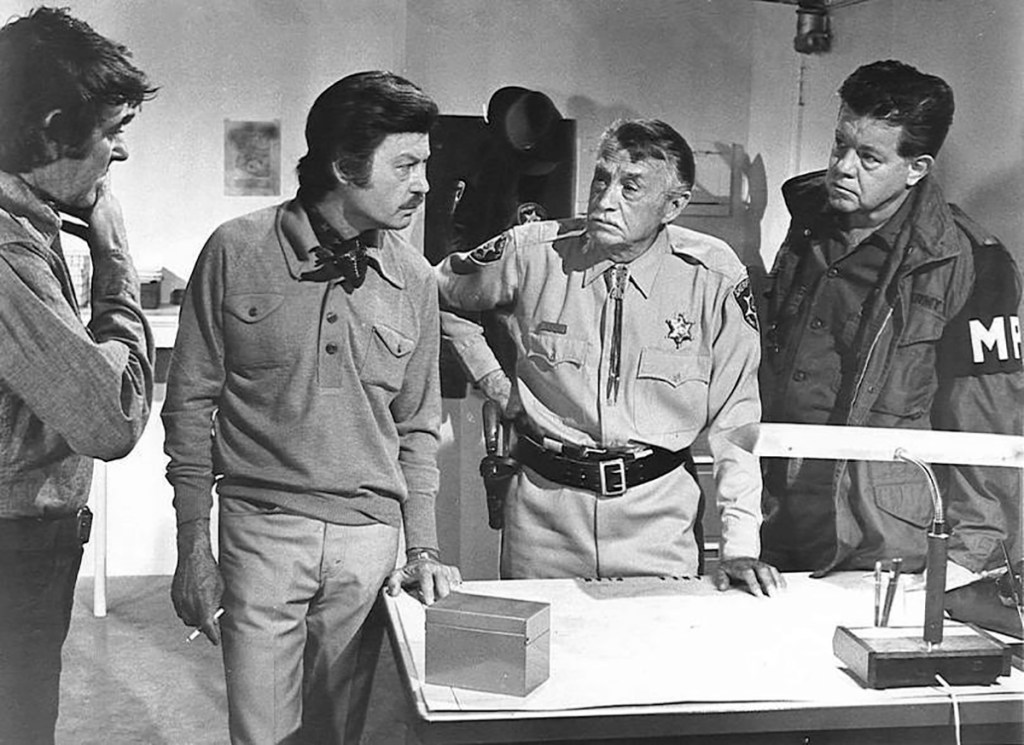
“Ultimately,” he elaborates, “after the end of Star Trek, realizing the material would never be as good as what he was given on the show (Night of the Lepus, an awful film about killer bunnies, would be his last non-Trek project), he quietly left the stage, only appearing every few years in Trek films. This would be his swan song on the silver screen with the exception of a brief and moving cameo in The Next Generation premiere he did as a favor for Gene Roddenberry, with whom he had always remained close.”
Kelley noted to the media, “The stuff offered to me after the series ended was crap, and I thought, ‘I’ve done so much crap, I don’t need to do that again.’ Fortunately, I learned a long time ago in this business that when you make some money, you had better put a little bit of it aside. I’m not talking about living in Bel Air; I’m talking about living a nice normal life.”
“I thought Star Trek had stopped feeding me at the end of three years,” he added to the online Eye on Movies. “Most people are under the impression that we received and are still receiving residuals from the show, which we are not. See, they ceased. That was before residuals were given to actors in perpetuity. So we just thought it was a show that had sadly gone, and then there was this rebirth.”
That rebirth would include the rise of Star Trek conventions, from which DeForest Kelley would pull in about $50,000 (the equivalent of $240,000 today) a year and revivals in the form of the 1973 to 1974 Saturday morning animated version of the show, 1979’s Star Trek: The Motion Picture, 1982’s Star Trek II: The Wrath of Khan, 1984’s Star Trek III: The Search for Spock, 1986’s Star Trek IV: The Voyage Home, 1989’s Star Trek V: The Final Frontier and 1991’s Star Trek VI: The Undiscovered Country.
Beyond that, director J.J. Abrams would relaunch the franchise on the big screen in 2009 with a new cast portraying the classic characters, including Chris Pine as Kirk, Zachary Quinto as Spock and Karl Urban as McCoy. “Karl Urban’s McCoy,” says Altman, “is a love letter to Kelley. It’s a warm embrace of the iconic character DeForest created and reflects Urban’s deep passion for the franchise.”
In 1991, DeForest Kelley was awarded a star on the Hollywood Walk of Fame and, in 1999, a Golden Boot award for his contributions to the Western genre on both the big screen and the small. As noted, he and wife Carolyn were together until the end, which came for him on June 11, 1999, at age 79, of stomach cancer.
One interesting observation: DeForest Kelley seemed to be amused at the way the critics would respond to each subsequent Star Trek film, increasingly focusing on the fact that the cast was getting older.
“We don’t care about a critic’s review,” Kelley said. “We only hope that it pleases you. They’ve critiqued our bellies, our wrinkles and our hair, but we just keep going. We don’t care. I don’t suppose they’ve ever been told that all of us are growing old. It seems to me, the thing worth knowing is to simply try to keep on growing.”
Click through here to enjoy much more of our Classic TV coverage!















